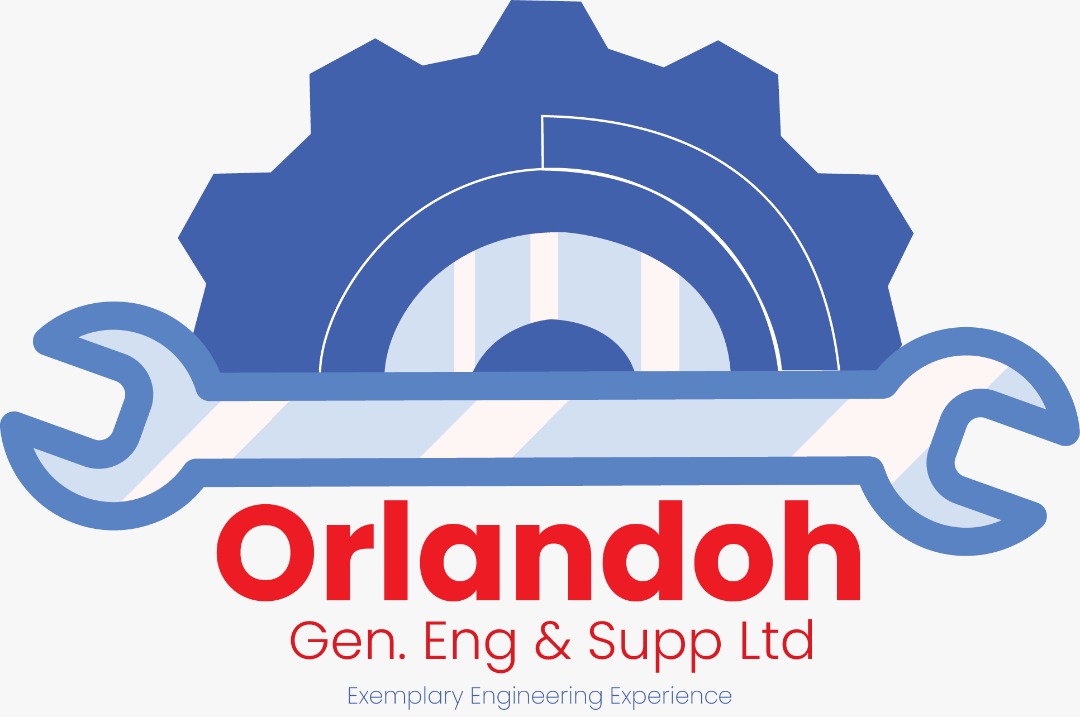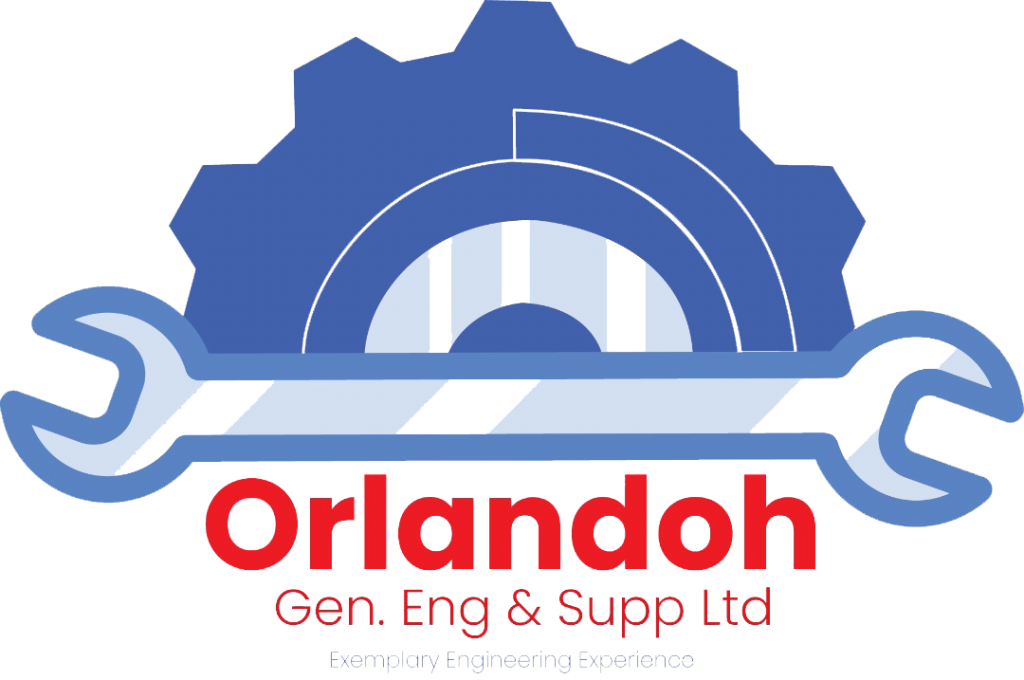Orlandoh provides non-destructive testing (NDT), materials testing and welding services for a diverse range of industries.
We help you ensure the reliability and safety of your products, equipment or plant assets with our world-class services in non-destructive testing (NDT), material Testing and welding quality. We understand the processes involved throughout the entire product cycle – from design and manufacture to operation and maintenance – and the frequent need for rapid turnaround times. Our Total Quality Assurance services can support production processes, quality control, and regulatory compliance as well as new construction, pipelines, plant maintenance and scheduled shutdown inspection.
Our vast expertise and knowledge in NDT and materials testing means we can select the right techniques and procedures to detect defects and irregularities in your products, equipment, production facilities or plant assets and provide you with necessary data to assist you in making informed decisions. Intertek can help you avoid the potential for catastrophic consequences and financial losses with early detection of problems before they cause damage, operating inefficiencies or in-service failure.
In addition to our non-destructive testing and materials testing, we provide a complete welding support service to help you with your welding requirements, comply with international and national codes and standards, and to enter new markets with our welder training and welder qualification.
Orlandoh’s East African services
Orlandoh works with a diverse range of industry sectors including oil and gas, , power generation, petrochemical, automotive, general engineering, fabrication and construction. Wherever your company is based and whichever sector, our National reach means we can support you with our comprehensive range of NDT services .
The benefits of choosing Orlandoh for non-destructive testing, materials testing and welding
By partnering with Orlandoh, we will deliver real value for your company by protecting your brand and reputation and by ensuring the safe and efficient operation of your products, equipment and plant assets. We help you save time and money by avoiding the costs and loss of revenue due to product, equipment and asset defects or failure, all done with the minimum of disruption to your production processes and schedules.
Accreditations and Company Approvals
All accreditations for our NDT labs in Uganda are granted to the legal entities operating within Orlandoh Engineering.
Each accreditation has a defined scope and is site specific. Our independent Total Quality Assurance solutions cross a wide spectrum of industries including , utilities, transportation, manufacturing, precision engineering, power generation and many more.
The Uganda Orlandoh laboratories are accredited to conduct testing in accordance with major industry bodies as well as various company specific approvals. The laboratories hold National Environmental and Health and Safety accreditations. Our accreditations provide you with the confidence and peace of mind that your company is operating safely and is adhering to regulations.
Our Inspection & NDT, performs a full suite of nondestructive testing for the construction, manufacturing, power generation, oil & gas, aviation and infrastructure sectors.
Our testing and analysis techniques allow us to evaluate the integrity of structures, components, and the properties of materials without causing damage. Because the nondestructive testing process leaves the materials in question undamaged, our customers often have options to repair, rather than replace, problem areas or components.
Below are several of the types of nondestructive testing services we provide.
Radiographic Testing (RT)
Radiographic Testing (RT) is the capability to view the internal structure of a specimen by using x-ray and gamma-ray radiation that is generated from an isotope such as iridium-192, selenium-75, or cobalt-60. With our highly trained and qualified technicians, this method gives them the ability to perceive, note, and observe any type of defect on the internal piece.
The naked eye can only observe so much. That’s why our clients rely on USINDT’s radiographic testing (RT) to find problems that could be missed otherwise.
Radiographic testing is a nondestructive testing method that employs or x-ray to find problem areas with equipment. To get a better look, x-rays are passed through a component for closer examination. This makes RT a great solution for monitoring welds, piping, forgings, casts, pressure vessels and valves and helps to find trouble spots in new or aging structures. These tests will also help us check for wall thickness and weak spots so we can help you to catch problems early.
Radiographic Testing Results
We do not have to do a lot to prepare surfaces for testing. RT is great because the test records last forever. We can put results on film and make a computerized copy so you can store and review later. Some of the major advantages of radiographic testing are:
- Highly reproducible
- Requires minimal surface area for preparation
- Ability to perform on a variety of different materials
We aim to meet every client challenge. We have onsite darkrooms and offsite laboratories, offering a variety of radiographic testing solutions for a wide range of facilities and equipment. Our testing bays are portable, so we can work in different types of areas at any time of the day. We help you to keep your business running.
Safety Is Our Highest Priority
Every member of our team, including our Level II and Level III radiographic staff, are trained and properly prepared to adhere to all safely regulations. We work to protect to staff and keep others in the area away from danger. We also use alarm systems to alert those working in hazardous areas. It is important to us to make sure that everyone is safe.
We not only work safely, but also efficiently to save time and money. This should make USINDT your best choice for your radiographic testing needs.
Ultrasonic Testing (UT)
Ultrasonic Testing (UT) is a method of using short, high frequency ultrasonic waves to identify flaws in a component. Our highly trained and experienced technicians will then measure these waves to determine and identify the internal flaws. Ultrasonic testing is typically used for dimensional measurements, thickness, material characterization, and flaw detections.
Ultrasonic Thickness Testing (UTT)
Ultrasonic Thickness Testing (UTT) works with an ultrasonic gauge that measures how long it takes for a sound pulse to travel through a test piece then return to the inside surface or far wall. The sound pulse is conducted by an ultrasonic transducer. The measurement of thickness is calculated and then displayed on a digital monitor.
Ultrasonic Thickness Testing is performed on a wide variety of structures, including piping and pressure vessels. It’s widely used in the oil and gas industry, where erosion and corrosion can damage components. Performing UTT can help to determine how much metal has been lost, if repair or replacement work is needed, or if a structure needs to be retired.
Shear Wave UT
Phased Array Ultrasonic Testing (PAUT)
Phased Array Ultrasonic Testing (PAUT) is an advanced non-destructive technique that uses a set of ultrasonic-testing (UT) probes made up of numerous smaller elements which are individually pulsed with computer-calculated timing. PAUT is used to inspect complex-shaped components that are more difficult to check with a single probe. This method detects discontinuities such as cracks and flaws, and can also determine the component’s material quality.
PAUT has many advantages compared to traditional UT methods: Phased Array UT can be conducted within seconds, and additional scans can be performed easily because the emitting beams provide a high degree of repeatability. The beams also help create detailed and accurate cross sections of a component.
Corrosion Mapping / C-Scan Inspection
Corrosion Mapping is an ultrasonic technique to determine thickness, testing for deterioration of a metallic material by chemical or electrochemical issues.
Different kinds of corrosion include:
- Inter-granular: grows along grain boundaries
- Uniform: extends evenly across the surface
- Pitting: uneven and has smaller deep areas
- Exfoliation: moves along layers of elongated grains
Corrosion Mapping is widely used in the oil and gas industries for the inspection of pipework, pressure vessels, storage tanks, and reactors. In the aerospace sector, corrosion mapping is referred to as a “C-scan” for the inspection of composite materials.
Magnetic Particle Testing (MT)
Magnetic Particle Testing (MT) is a widely known and commonly utilized method that is used in nondestructive testing to detect surface and subsurface flaws in most ferromagnetic pipe and pipe welds. Magnetic testing is very effective for quality control, final inspections, and inspections of larger components.
Magnetic particle testing, or MT, is a very sensitive, nondestructive testing method used on rigid materials like iron, cobalt, nickel and their alloys. It’s one of the fastest, most cost-efficient ways to ensure that critical elements like pipes or pipe welds are safe and ready to be used.
Minuscule cracks or discontinuities lead to fatigue – and, eventually, to failure of the part. MT can detect even the smallest surface cracks, and certain subsurface issues, as well. That’s helped make this method of inspection the industry standard.
HOW DOES MT WORK?
Any ferrous metal object that is magnetized becomes surrounded by an invisible magnetic field. If there is a crack or hole in the object, that magnetic field is disrupted. During magnetic particle testing, metal shavings are applied to the object, and they are attracted to these disruptions.
As they cluster around a crack, or “flux leakage fields” these shavings provide a visible indication of the flaw’s size and shape. Particles are chosen in order to best contrast with the color or darkness of the metal being tested. If there are no flaws, the shavings remain evenly distributed across the magnetic field.
MT is used in two variants: wet and dry. Wet MT allows the metal shavings to move more freely over surfaces. Dry MT is especially practical when testing pipes where high temperatures prevent using liquid.
WHO USES MAGNETIC PARTICLE TESTING?
Magnetic particle testing provides real-time results, and equipment portability makes it ideal for field inspections. That’s why a number of different industries now use MT to determine the fitness of a component. Examples include the petrochemical, structural steel, power-generation, automotive and aerospace industries.
This process is useful when underwater inspections are required, including structures like offshore oil wells and submerged pipelines. MT is also employed as an inspection method on fasteners, automotive parts, castings, weldments and forgings, among other components.
Liquid Penetrant Testing (PT)
HOW LIQUID PENETRANT TESTING WORKS
When a penetrant is placed on a clean, dry surface at the correct contact angle, it will wet the surface properly and migrate by capillary action
This capillary action causes the liquid to enter discontinuities that are open to the surface and creep up or down into the cavity.
Penetrant dwell time allows the capillary action to cause the liquid to enter discontinuities. After excess surface penetrant is removed, only the penetrant in the discontinuities remains. Reverse capillary action causes the penetrant to migrate or bleed back out to form a penetrant indication.
The use of a contrasting developer aids the reverse capillary action bleedout and makes the indications easier to see. A PT indication is the penetrant bleed out spot against the contrasting developer background. After a developer dwell time, any liquid penetrant indications are evaluated to the specified acceptance criteria by one of our highly-trained technicians.
ADVANTAGES OF PT
Liquid penetrant testing is one of the most sensitive nondestructive test methods for detecting surface discontinuities. Discontinuity indications can be found regardless of the configuration of the test object or orientation of the discontinuity. Liquid penetrant testing can quickly examine all accessible surfaces of objects.
Liquid penetrant testing can be accomplished with relatively inexpensive, unsophisticated equipment. Small areas may be tested using portable equipment, or large batches and parts may be processed through dedicated testing systems.


